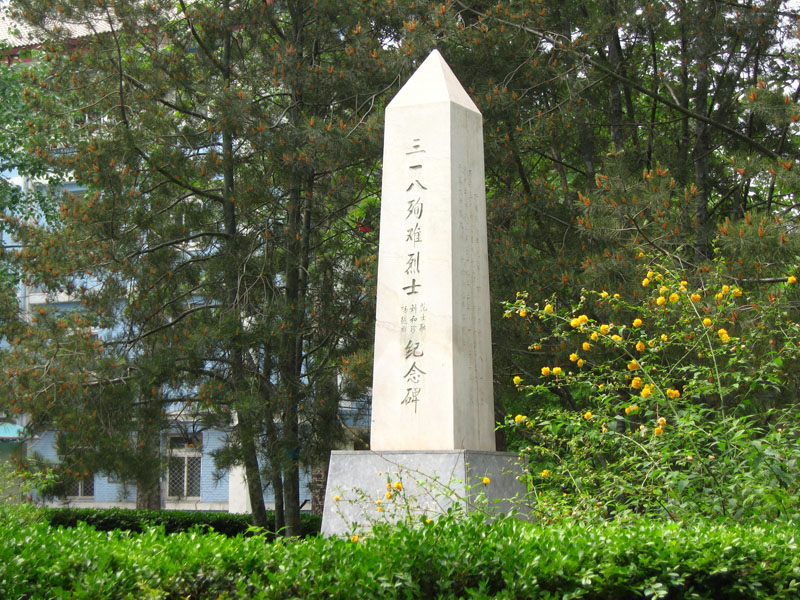
That historical event was commemorated on campus with an elegant statue, a landmark where more recent students gathered for their own demonstrations.
During the 1980s, Beijing Normal University was a relatively tranquil place and not known for her student activism. Until 1989, that was.
In the very early days of the 1989 student movement, Wuer Kaixi, an undergraduate student from this school, stood up and demonstrated his ample leadership skills. He would become known as the most charismatic leader throughout the movement, even after his own mistakes had led to his banishment from the student leadership. Surrounding him, other students from this small school, such as Cheng Zhen (程真) and Liang Qingdun (梁擎墩), also played important leadership roles in the movement.
Student leader Chai Ling was also a graduate student at Beijing Normal University during the movement time. But she lived and participated in her undergraduate alma mater, Peking University, instead.
At the late stage of the movement, it was a young professor from this school, Liu Xiaobo, who became a focal point. Together with Gao Xin (高新), the editor of the school's newspaper, Liu Xiaobo launched a hunger strike of his own. In the fateful early morning of June 6, 1989, it was the voice of these older intellectuals that helped persuade students into their final withdraw from Tiananmen Square.
No comments:
Post a Comment